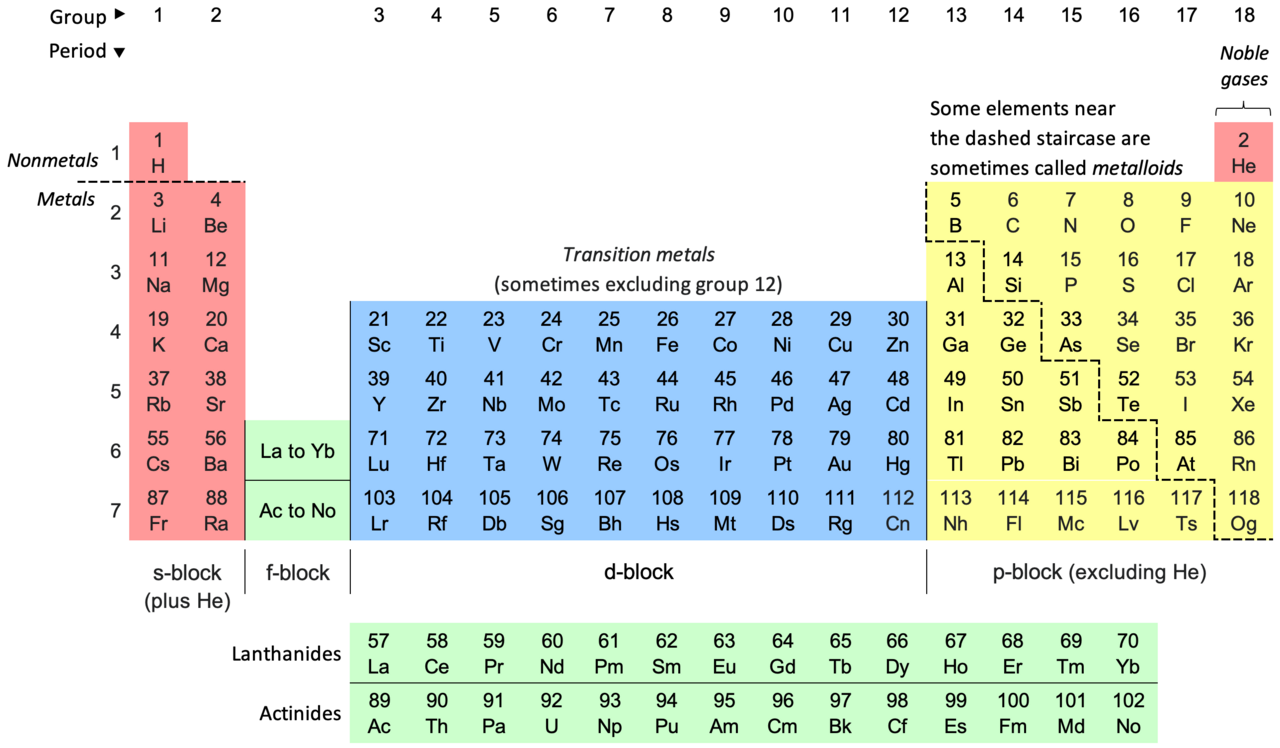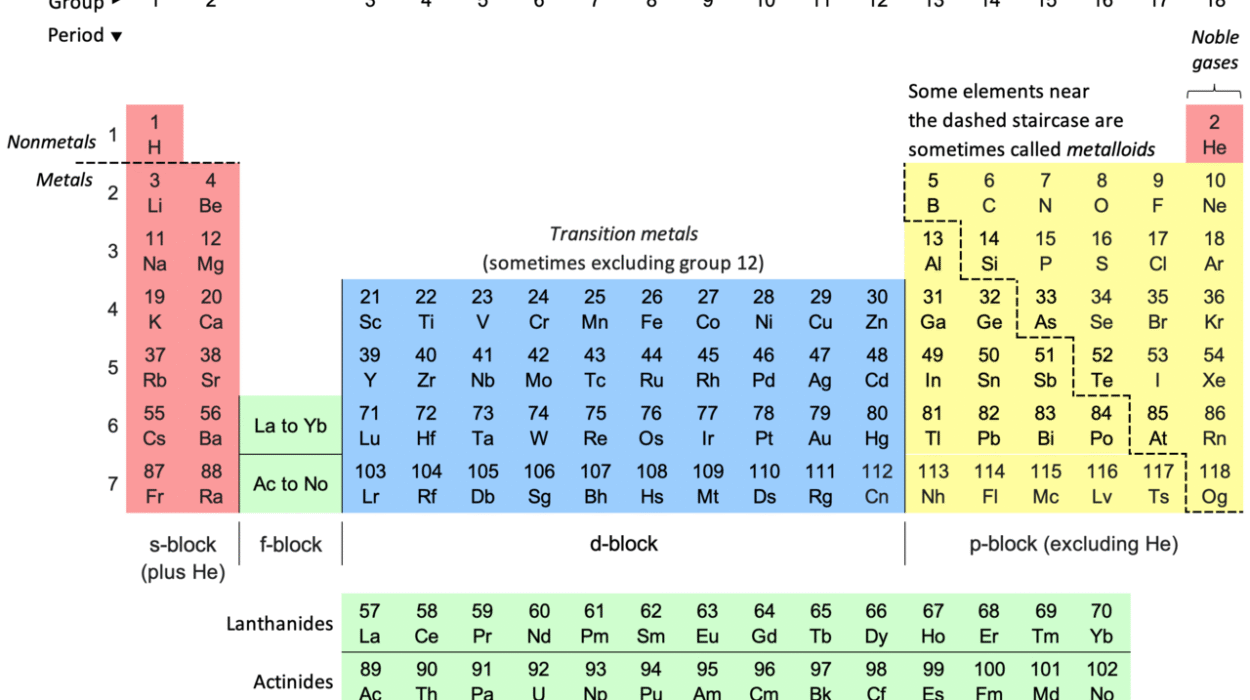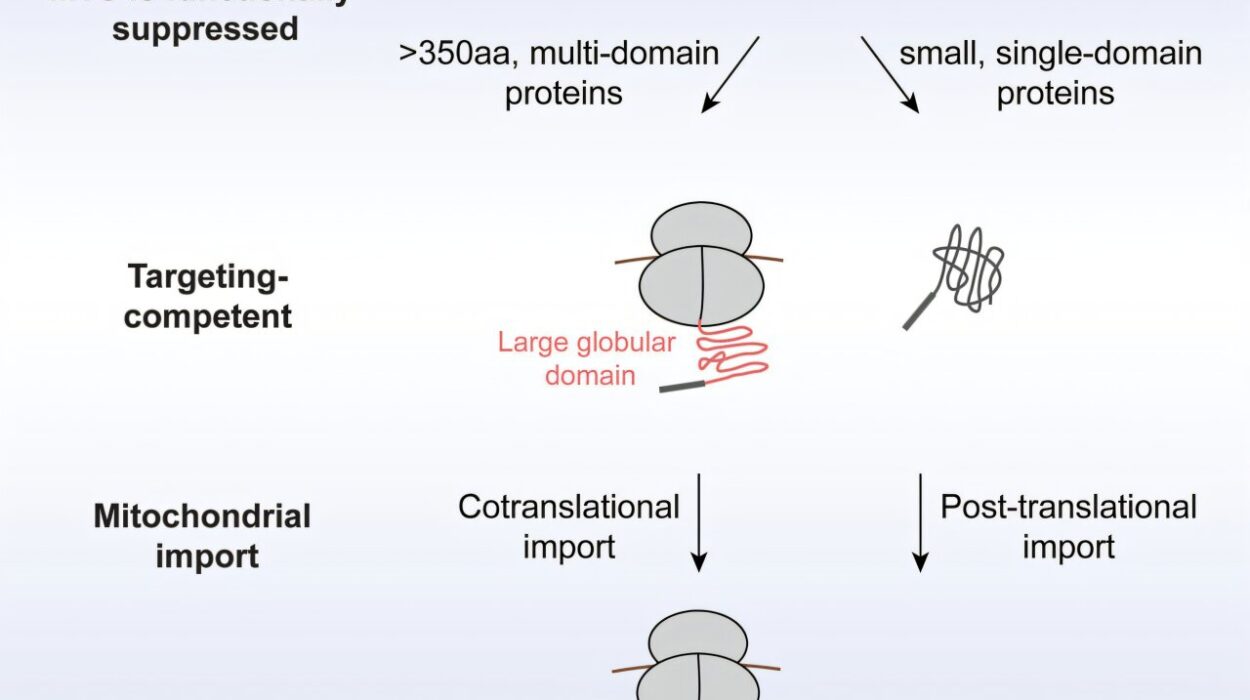The periodic table is a masterpiece of scientific organization, a sprawling matrix of the elements that make up everything in the universe. From the air we breathe to the technology in our hands, every material object is composed of these atomic building blocks. Yet for many students and science enthusiasts, the periodic table appears as an overwhelming wall of symbols and numbers—abstract, dense, and seemingly impossible to memorize.
But what if we told you that memorizing the periodic table could be engaging, strategic, and even fun? That with the right techniques, a bit of creativity, and an understanding of how the table works, you could commit it to memory much faster than you thought possible?
This article explores how to memorize the periodic table quickly, diving deep into techniques drawn from neuroscience, education, and mnemonics. We’ll break down the structure of the table, teach you how to use patterns and stories, and even guide you to create your own mental “memory palace” stocked with atomic treasures.
Welcome to the ultimate guide to memorizing the periodic table—not by brute force, but by unlocking the power of your mind.
The Challenge of Memorization: Why the Periodic Table Feels So Daunting
The periodic table isn’t just a list; it’s a symphony of chemistry. It holds 118 known elements, each with a unique symbol, atomic number, and set of properties. Trying to memorize them all in sequence can feel like trying to remember the names of every person in a massive crowd—especially when you don’t know why they are arranged that way.
But the trick to mastering the periodic table isn’t just to force it into your head—it’s to understand the patterns behind its organization. Once you know how the elements relate to each other and how their placement makes sense, memorization becomes far easier.
This is not just about rote memorization. It’s about comprehension, association, and engagement.
Understanding the Foundation: Periods, Groups, and Blocks
Before you can effectively memorize the table, it helps to understand how it’s structured. The table is organized into horizontal rows called periods and vertical columns called groups. Elements in the same group share similar chemical properties. For example, Group 1 elements (the alkali metals) are all highly reactive and have one electron in their outermost shell.
There are also blocks—the s-block, p-block, d-block, and f-block—which are determined by the electron configuration of the elements. Recognizing which elements belong to which block gives you a helpful starting point for categorization.
The table is also color-coded in many versions: metals, nonmetals, metalloids, noble gases, transition metals, and so on. These colors aren’t just aesthetic; they reflect real chemical relationships.
So before jumping into memory tricks, pause and get acquainted with the table’s design. Like a map, the periodic table tells you more than just location—it tells you about the terrain.
Chunking the Table: Divide and Conquer
No one memorizes the entire table in one go. The most effective strategy is to divide it into manageable chunks. Just like you’d learn a long speech by practicing a paragraph at a time, you can memorize the periodic table by focusing on one section at a time.
Start with the first 20 elements. These are the most commonly encountered in basic science courses, and they form the foundation for understanding chemistry. They’re also the easiest to work with because they have short, often single-letter symbols and follow a relatively straightforward pattern.
Once you’ve got the first 20 down, move on to the transition metals (elements 21–30), then the rest of the elements in blocks. The key is consistent, incremental progress.
Here’s how chunking might work:
- Day 1: Elements 1–10
- Day 2: Elements 11–20
- Day 3: Elements 21–30
- Day 4: Elements 31–50
- And so on
By dividing the elements into groups of 10 to 20, you reduce cognitive overload and create more focused memory sessions.
Mnemonics: Memory’s Best Friend
Mnemonics are perhaps the most famous and effective tools for memorization. A mnemonic device is a trick that turns dry facts into memorable phrases, images, or patterns.
Let’s take the first ten elements:
H He Li Be B C N O F Ne
That’s: Hydrogen, Helium, Lithium, Beryllium, Boron, Carbon, Nitrogen, Oxygen, Fluorine, Neon.
Turn that into a sentence:
Hi He Likes Beer But Could Not Offer Full Naps.
It’s silly, maybe even nonsensical—but that’s the point. The more absurd or emotionally charged a mnemonic, the more likely your brain is to remember it.
Some students memorize the elements in order by turning them into a song. Others use acronyms, rhymes, or even comic strips. The best mnemonics are the ones you create yourself. Personal investment makes them stick.
Use this technique to craft a story or phrase for each row or group in the periodic table. The weirder, the better.
The Power of Visualization
The human brain is wired to remember images far more easily than abstract text. That’s why visualization is such a powerful memory technique.
Try associating each element with an image. For example:
- Hydrogen becomes a balloon (since it’s the lightest gas).
- Helium is a party (balloons, again, but also used for voices).
- Lithium is a battery.
- Beryllium is a mountain (it’s found in beryl, a gemstone in mountainous regions).
You can even draw these associations into a comic strip, painting a mental landscape where each element has a personality and a role. Create a scene where Hydrogen and Helium float into a room, Lithium powers the lights, and Carbon sketches on the walls. The more vivid the scene, the deeper the memory.
The Memory Palace: Building Your Mental Table
One of the oldest and most powerful memorization methods is the memory palace—a technique invented by ancient Greek orators.
The idea is simple: imagine a familiar place, like your home, and assign each element to a specific location. As you mentally walk through the house, you “see” the elements in order.
For instance, imagine entering your front door and seeing Hydrogen as a giant balloon in the hallway. In the living room, Helium makes everyone’s voices squeaky. In the kitchen, Lithium charges all your devices. Keep walking through your house, placing the next element in a spot that makes visual sense.
Once this palace is constructed, recalling the periodic table becomes a mental walk through your imagination. And because you’ve tied each element to a place you already know, the memory becomes anchored and much harder to forget.
Repetition with Purpose: The Power of Spaced Learning
Repetition is essential to memorization, but mindless repetition is not efficient. Instead, use spaced repetition, a learning technique that involves reviewing information at increasing intervals over time.
On day one, review the elements you’ve learned three times. On day two, review them twice. On day three, once. Skip a day, then come back. Each time you revisit the information, your brain strengthens its connections and increases recall speed.
There are even apps and tools that use spaced repetition algorithms to help you review elements just as you’re about to forget them, maximizing memory retention. But even without technology, a simple notebook and calendar can help you set a schedule that reinforces learning.
Connect the Concepts: Understanding Makes Memory Stick
Memorization is easiest when the facts mean something. That’s why understanding an element’s role, use, or behavior makes it easier to remember.
Let’s say you’re learning about Oxygen. Instead of just seeing “O” and “8”, learn that oxygen is essential for respiration and combustion. Visualize a campfire. That connection grounds the element in real-world experience.
Or take Iron (Fe). Knowing it’s found in your blood and used to make steel gives you a deeper context. That context builds meaning, and meaning builds memory.
Each element has a story—how it’s used, where it’s found, who discovered it. The more of those stories you know, the easier it is to lock the name and symbol into your mind.
Using Rhythms and Music
Music is one of the most efficient vehicles for memory. Our brains are naturally attuned to rhythm, rhyme, and melody.
Turning the periodic table into a song—whether you use an existing tune or invent your own—gives your memory another hook to grab onto. You don’t need to be a musician. Even humming a melody as you recite elements makes the process more effective.
Try matching the beat of a song you already know—like “Twinkle Twinkle Little Star” or “Row, Row, Row Your Boat”—and slotting in the elements. It may feel childish, but the technique is ancient and powerful.
Gamifying the Table: Make It a Challenge
Turning memorization into a game adds competition, excitement, and fun. Challenge yourself to recall 10 new elements each day. Time yourself. Track your progress. Reward yourself when you hit milestones.
You can also turn the periodic table into flashcards and test yourself or a friend. Or use dice to roll random atomic numbers and try to name the corresponding element. The goal is to make memorization feel like play instead of work.
Creating your own periodic table quizzes can also be surprisingly effective. You’re not just taking in information—you’re creating it, which reinforces memory through action.
Sleep, Rest, and Memory Consolidation
It’s important to remember that memory is biological. Your brain consolidates what you learn during rest, especially during deep sleep. That means that pulling all-nighters is actually counterproductive to long-term retention.
Instead, study the elements, then get a good night’s sleep. Let your brain do its subconscious work, reinforcing and organizing the information you took in.
Even brief naps after intense study sessions can help. The brain files away new facts and strengthens neural pathways while you rest.
Tackling the Toughest Parts: Transition Metals and Beyond
Some areas of the periodic table are harder to memorize than others. The transition metals, for example, often have confusing names and similar properties.
In these cases, double down on visualization and association. Create a story about a kingdom of metals with characters like Iron the Warrior, Copper the Communicator, and Zinc the Shield-Maker.
The lanthanides and actinides—the two rows often shown at the bottom—can feel disconnected. Reconnect them by understanding where they actually fit into the table (between Groups 2 and 4) and by learning their unique uses (like neodymium in magnets or uranium in nuclear power).
By adding context and personality, you make even the most obscure elements memorable.
Create Your Own Periodic Table
Another powerful technique is drawing the periodic table yourself. Not just once, but repeatedly. Each time you recreate it, you deepen your spatial memory of where elements are and how they relate.
You can color-code your version, use symbols or doodles, or even design a version based on your favorite theme (like a fantasy map or a science fiction spaceship layout). The act of creation forces active recall, which strengthens memory.
Each time you draw the table, you’re not just memorizing—you’re understanding.
The Ultimate Goal: Knowing, Not Just Reciting
While the ability to recite the periodic table from memory is impressive, the real goal is deeper: understanding the elements so well that you can predict their behavior, recognize their patterns, and apply their properties.
Memorization is a starting point. Comprehension is the destination.
Once you’ve memorized the periodic table, go beyond it. Learn about isotopes, oxidation states, electron configurations, and chemical reactions. The more you learn, the more those names and numbers on the table come alive.
Final Thoughts: Mastering the Table with Confidence
Memorizing the periodic table quickly is not about being a genius—it’s about using strategies that work with your brain’s natural capabilities. Through chunking, mnemonics, visualization, music, and repetition, you can transform what once seemed like an impossible task into an exciting challenge.
The periodic table is a map of matter, a chart of the universe’s ingredients, and a key to understanding the world around us. By committing it to memory, you gain not just knowledge, but insight. You sharpen your mind, train your memory, and cultivate the skills of observation, analysis, and creativity.
So whether you’re preparing for an exam, pursuing a scientific career, or simply nurturing your curiosity, remember this: the periodic table isn’t a wall—it’s a doorway. Learn it well, and it will open countless paths.






